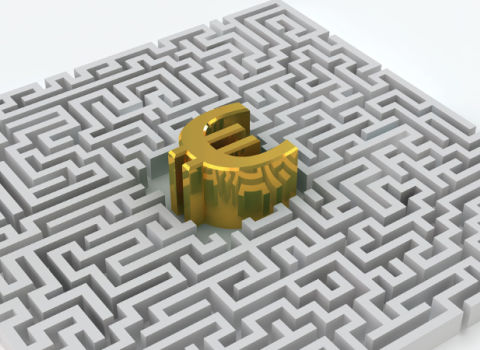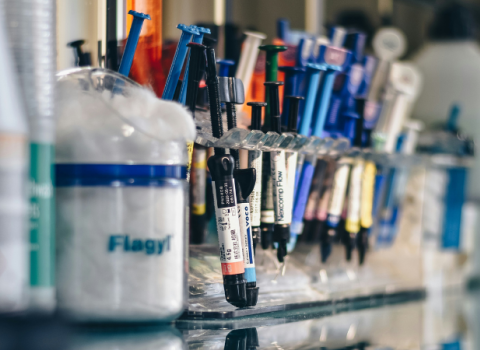
Dr Philip Webber
HGS's patent (EP(UK) 0 939 804) relates to a protein called Neutrokine-α. The claims covered the protein, antibodies against the protein and genes encoding the protein. The patent disclosed the sequences of the gene and protein and, merely on the basis of computer-based predictions, that is, sequence similarities with known genes/proteins, asserted that the protein and antibodies against it would be useful for the treatment of a wide variety of diseases including angiogenesis, wound healing, osteoarthritis and rheumatoid arthritis.
However, the patent contained no experimental data to support these assertions and only speculative information on the function of the protein.
For any invention to be patentable, the invention must have some use, that is, it must have an “industrial application”, or a “utility” in the US. In most fields of technology, this is not a difficult hurdle to overcome. But in the field of gene patents, there are special requirements that have to be satisfied and patents are not granted merely for raw gene sequences, where the sequence of the gene has been identified but no function of the corresponding protein has been found.
In particular, in Europe, the Biotech Directive" (98/44/EC) specifies that, “the industrial application of a sequence ... of a gene must be disclosed in the patent application.” The question that the Judges had to decide, therefore, was this: what level of proof is required to be included in the patent application in order to demonstrate an adequate “industrial application?”
When the case came before the English Patents Court in 2008, the Judge found all of the claims to be invalid on grounds of lack of industrial application, insufficiency and obviousness. HGS then filed an Appeal to the Court of Appeal. In the latter Court, the Judges concentrated on the issue of industrial application.
Given the lack of previous gene patent cases in England, the Judges reviewed relevant case law from the European Patent Office (EPO). In particular, they noted that recent EPO cases required the patent application to disclose a “practical application [for the invention] derivable in a straightforward manner” or that the invention was “plausibly shown to be usable” in a therapeutic context.
In the Patents Court, the Judge applied the EPO criteria and ruled that “the patent does not of itself identify any industrial application other than by way of speculation” and that it was “far-fetched that Neutrokine-α could be used in relation to” all of the alleged therapeutic uses. He concluded that the patent merely left the reader with “a research programme” to try to find out the real use of Neutrokine-α.
In contrast, the EPO, in a decision issued in 2009, which also considered the industrial application criteria, accepted that the invention did indeed satisfy the necessary criteria. However, this decision was based on different evidence from that which the English courts had access to.
After reviewing both the Patents Court decision and the EPO decision, the Court of Appeal Judges agreed with the Patents Court, thus ruling HGS's UK patent to be invalid.
This case shows the willingness of UK judges to follow basic patentability principles, which have been laid down by the EPO, but not to follow EPO decisions blindly.
For biotech companies, the case demonstrates the necessity for including sufficient details in the patent application on filing of how the invention can plausibly be put into practice.
Dr Philip Webber, Dehns, Patent & Trade Mark Attorneys, [email protected]





 A unique international forum for public research organisations and companies to connect their external engagement with strategic interests around their R&D system.
A unique international forum for public research organisations and companies to connect their external engagement with strategic interests around their R&D system.